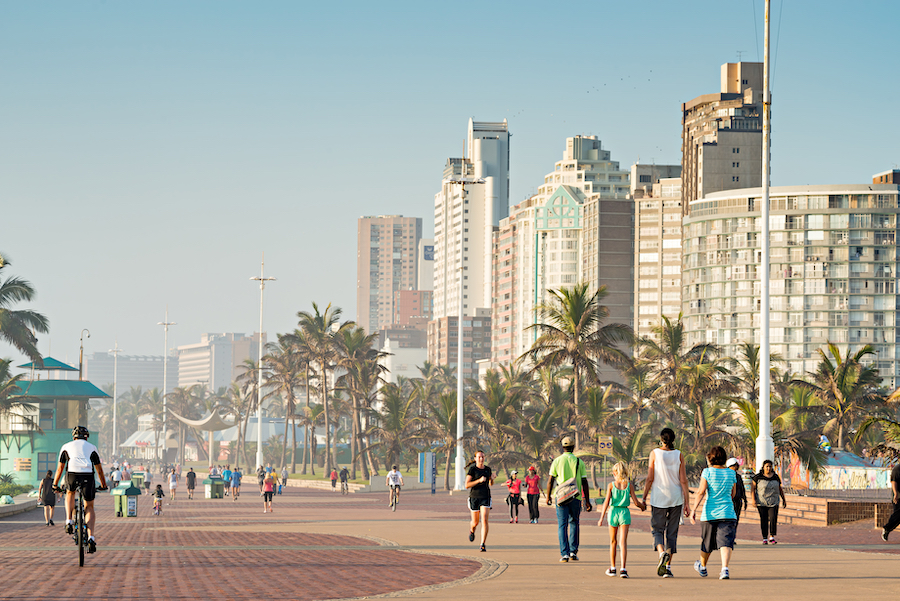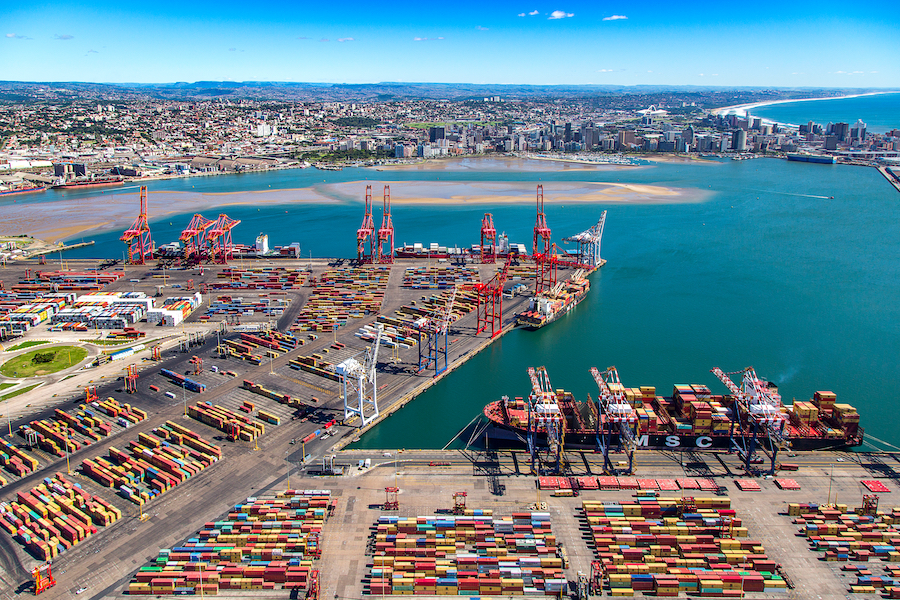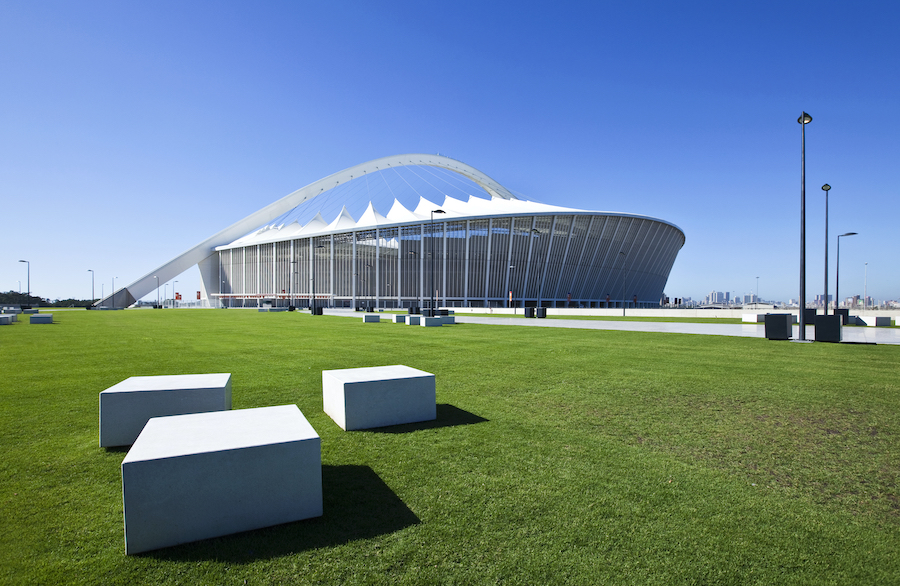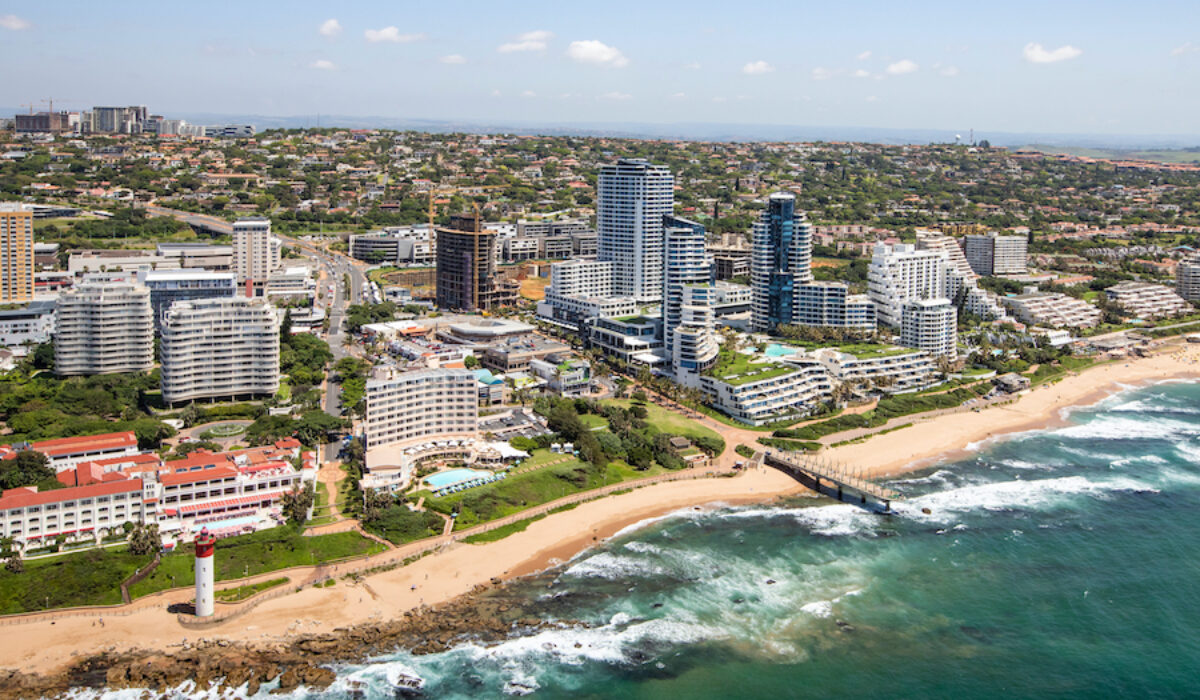The Sleeping Lion Awakes
Foreign direct investment into Africa is on the rise, and with the population set to reach 1.7 billion by the end of the decade, this sleeping lion of a continent is focusing international minds. Sub-Saharan Africa in particular, with its rich well of natural resources the world covets, is seeing growth its suitors can only dream of.
Beyond natural resources and infrastructure, Sub-Saharan Africa is now diversifying its allure to encompass the tertiary sector. This has seen significant new investment into logistics and ITC services, and while the Covid-19 pandemic saw FDI inflows heavily impacted, in this the region was not alone and things have since bounced back.

One anomaly throughout it all was the renewable energy sector where investments continued unabated. This is something likely set to continue, due to significant challenges around the importing of oil and gas; a consequence of the war in Ukraine, which has made Russian energy imports toxic and harder to rely upon, as well as strict OPEC controls on production, supplies and prices. In addition, the appeal of home-grown energy has massively increased, given the rapid global shift to EVs.
“With numerous natural resource-hungry megaprojects either under construction or greenlighted for the next few decades to come, China’s appetite for Africa’s bounty is large indeed.”
On the subject of EVs, Africa is blessed with the right resources including cobalt, lithium, manganese and nickel, with the Democratic Republic of Congo and South Africa seemingly in pole position to reap the benefits.

With numerous natural resource-hungry megaprojects either under construction or greenlighted for the next few decades to come, China’s appetite for Africa’s bounty is large indeed. And, with competition for wielding influence over the same resources from the US – hard-wired to compete for pre-eminence anywhere its rival is active – as well as a determined African-focused agenda from European nations unwilling to relinquish historical economic ties, Sub-Saharan Africa finds itself subject to charm offensives from numerous suitors. Yet, in theory at least, this time, the constituent host countries are in the driving seat, so long as the institutional framework and capacity building is sufficiently strong to effectively negotiate and enforce investment agreements and manage the distribution of revenues in order to deliver a long overdue uplift in living standards and employment opportunities for its rapidly growing population.

Durban on South Africa’s East coast is a stand-out exemplar of what a new Africa could look like. While not immune to ongoing challenges, its determination to forge a new African narrative is seeing it fulfil its huge potential and legitimately cast itself as a key global city that capitalises on, and in parallel, transcends its geography. At one and the same time its identity speaks to Kwazulu-Natal region, in which it sits; to South Africa, which it helps to lift up; to Africa, to which, as South Africa’s chief seaport it acts as a gateway for investment; to the Indian Ocean Rim, with which it competes and trades across the seas; and to the world, within which it stands shoulder to shoulder with other great cities.
As the poster child for a newly empowered and diverse Africa, Durban epitomises the merits of a diversified economy, counting automotive and allied industries, logistics and logistics management, ICT and BPS, agri-processing, life sciences and tourism asset development as priority sectors, translating to huge investment opportunities. Moreover, with Durban sitting within the African Free Trade Zone, this equates to new frontiers of opportunity in the form of a stable and predictable single market for goods and services into and out of Durban’s port, which is benefitting from transformative upgrades and expansion.
All-told, Durban is the new Africa, and the new Africa is Durban. Small wonder then, so many are flocking to its fruitful shores.

